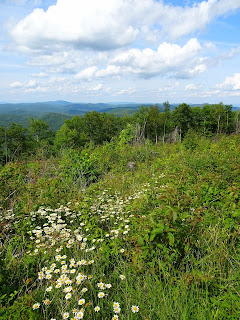The
XIV Vispārējie latviešu dziesmu un deju svētki ASV kicks off in Baltimore today
with the opening ceremony in the Renaissance Baltimore Harborplace Hotel!
Whether you’re joining the festivities in person or virtually, I hope you’re as
excited as I am to be in Baltimore; here are the top five things I’m looking
forward to this song & dance festival!
1. All
the kid-friendly events. For a full list see the event website, but between Saturday’s
theater show “Emil and the Detectives” out of San Francisco, Sunday’s morning children’s
activities, the Kids’ Musical Morning with Iļģi and the special youth ticket prices to
the kopkoŗa koncerts & folk dancing
extravaganzas, it won’t be hard to keep the kids busy during the festival.
However, for those moments of down-time between events…
2. …there
are plenty of family friendly destinations within walking distance of Baltimore’s
Inner Harbor. Start with the 20,000 animals living in the National Aquarium,
with its dozens of award-winning habitats, 4-D films and live demonstrations. Continue
to one of the most impressive military ship collections in the world, the
Historic Ships collection of 4 ships and the Knoll Lighthouse. Take in the view
of Baltimore and the Chesapeake Bay from the Top of the World. Or head to the
Port Discovery Children’s Museum, considered one of the top five children’s
museums in the country. For more ideas, check out the festival website. But if you would rather not leave the hotel, just head up to the fifth floor mezzanine
where you will find…
3. …the
Printful Stage. We welcomed the Latvian custom printing company to the
Carolinas with open arms last fall, and are happy to see that they’ve already made themselves
at home and found a way to give back to the Latvian community! In
addition to printing a portion of the attendees t-shirts, Printful is a
generous sponsor of this summer's festival. All attendees are invited to perform on the Printful stage (having pre-registered here), and singers, musicians and dancers already
scheduled include Sienāzītis, Zelta Sietiņš, Sudrabavots and Nemiers, the
Latvian youth rock band out of DC. In between sets, head down to the ballroom –
you’ll want to bring your wallet for…
4. …the
tirdziņš. No Latvian festival is
complete without a market wherein to purchase your gifts, souvenirs, crafts and
festival merchandise! Whether you’re shopping for jewelry, art, textiles or
literature, well known distributors such as Baltic Imports will be there, in
addition to popular Latvian artisans such as Krikis Jewelers, Normunds Treijs
Designs, Baltic Santas and much, much more! Stay tuned to Instagram for updates
on vendors throughout the weekend.
5. There
are dozens of other things I’m looking forward to, but as this is a top five
list here’s one last item which would come it at the very top if I was listing according
to importance… the fam. It’ll be cousins, aunts and uncles, godparents and
grandparents; some will be performing at events, while others will be spending
some time with the boys while Roberts and I enjoy some of the evening events.
We’ll hopefully have time in between all the events to catch up with family and
friends, but I can already imagine that the song & dance festival will be
over in the blink of an eye…





















































